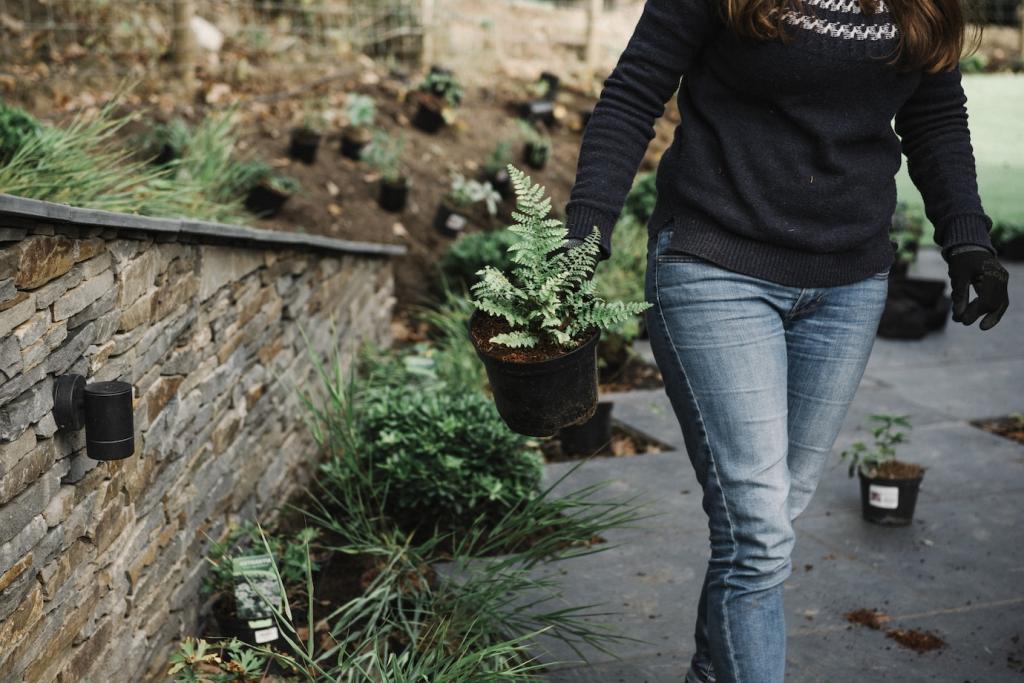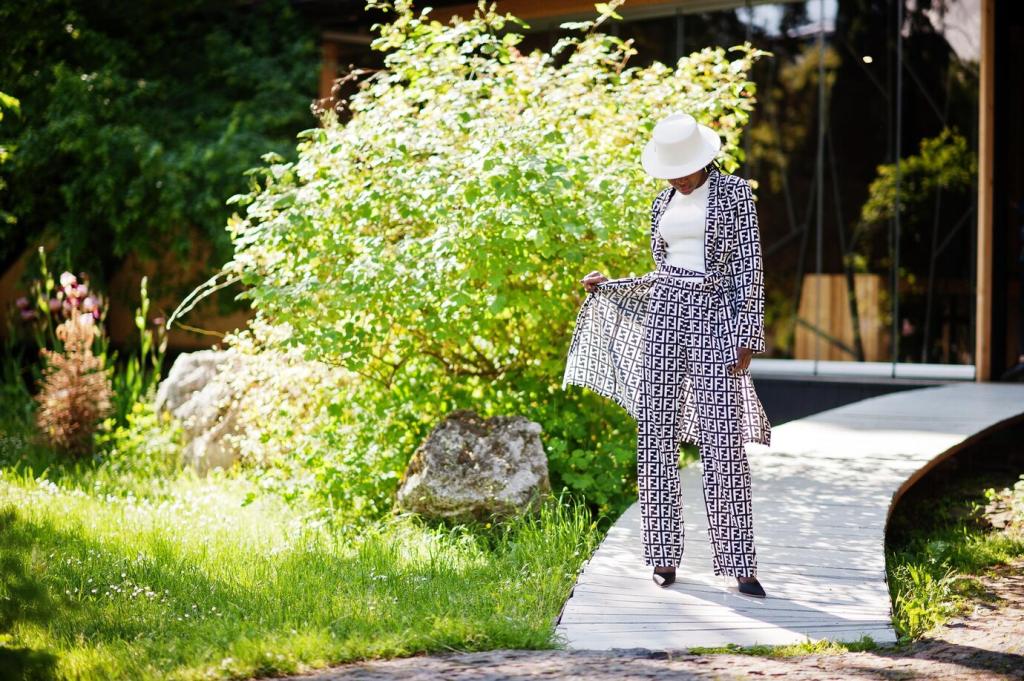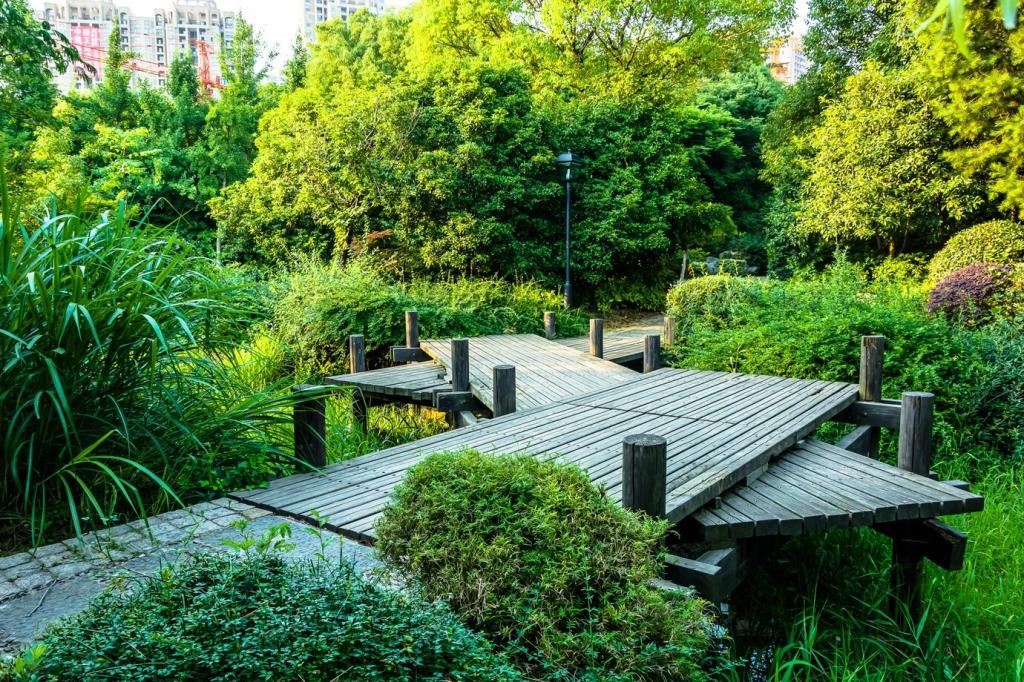Budget, Phasing, and Care
Estimate costs for hardscape, plants, soil, lighting, and tools. Pad contingencies to avoid unpleasant surprises. Decide where to splurge for impact. Share your rough budget range, and we’ll suggest cost-saving swaps that keep style strong and maintenance manageable.
Budget, Phasing, and Care
Start with site work and drainage, then hardscape, then planting. Breaking projects into phases keeps momentum and spreads costs. Post your timeline, and we’ll help sequence tasks so early wins motivate you without undoing work later.






